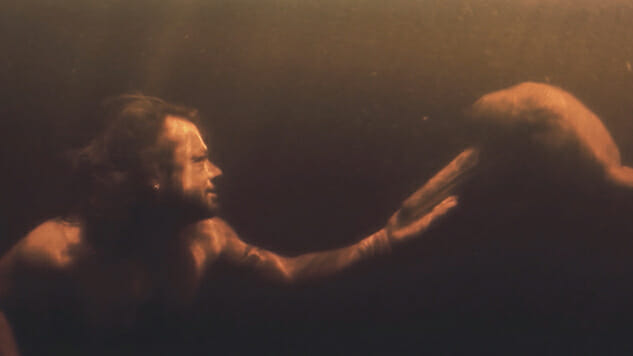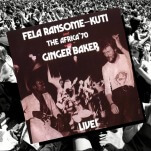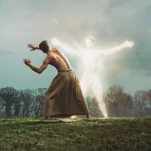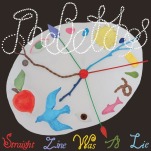A River Below
(2017 Tribeca Film Festival Review)
Photos: Tribeca Film Festival
If you, like me, fear the inky depths of bodies of water as the last unknown, the last place unfathomable monsters could be on our planet, A River Below will fuck you up—and not just because it shows us that fishermen are the real monsters. Mark Grieco’s documentary isn’t afraid to use graphic images to get what it wants, and what it wants is an end to the hunt of the endangered Amazon pink river dolphin, an exotic and alien creature, like a bright blue tiger or a polka-dotted bear. They naturally buck against our expectations about what we know we know about Nature, and they’re so wondrously weird as to be the source of hearsay and mystical rumor.
Featuring the shaky handheld style common to films documenting the clash between humanity and nature, as well as a slick Planet Earth-like aesthetic flying overhead the ever-winding mocha of the Amazon river, the film engages with the long-beaked and otherworldly dolphin through two conservationists. The first is biologist Fernando Trujillo, a scientist so devoted to the animal that the people indigenous to the area believe him to be a dolphin in human form: the savior of their sacred animal, a man bridging the gap between mammals. The second is Richard Rasmussen, a Brazilian National Geographic TV superstar, the Steve Irwin of South America. Similarly, he has Irwin’s playfulness, comfortable with whatever animal he’s wrestling without losing his tousle-haired humor and familiarity, presenting each exotic creature like he’s introducing you to his pet dog.
A River below’s core focus is the killing of the dolphins as bait for a highly profitable Amazon seafood, the Piracatinga, whose business is a huge industry being quashed and forced into illegality (poaching and smuggling) by the laws and measures put in place by conservationists. Until recently, the practice had been commonplace among local fishermen. It’s all these people have to make money—but, then again, they’re wantonly killing a protected species.
Conservationists knew they needed an image to change the hearts and minds of the people, to encourage enforcement of the federal law protecting the endangered animal. And so, shaky footage that opens the film takes on new meaning as we see the entire reel: This was guerilla journalism recording illegal fishing practices. Like any smart, modern documentary stressing the importance of media strategy in activism journalism, A River Below emphasizes what kind of recording it was intended to be. Graphic, bloody, upsetting—a pregnant dolphin butchered, its fetus ripped from is stomach for chum.
-

-

-

-

-

-

-

-

-

-

-

-

-

-

-

-

-

-

-

-

-

-

-

-

-

-

-

-

-

-

-

-

-

-

-

-

-

-

-

-








































